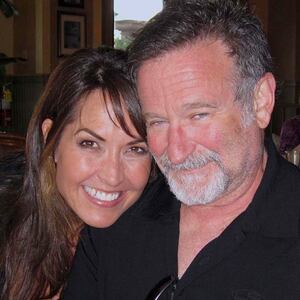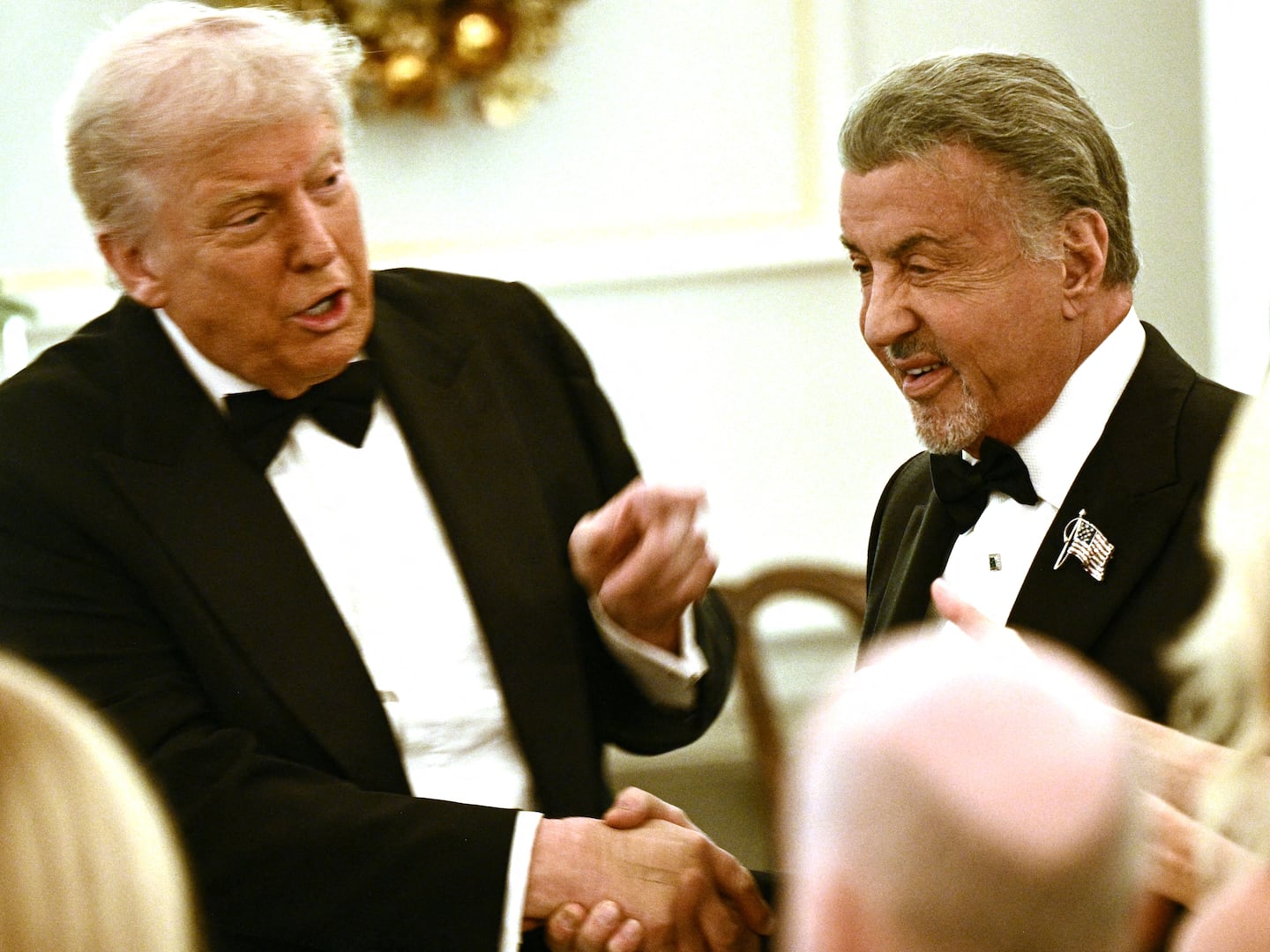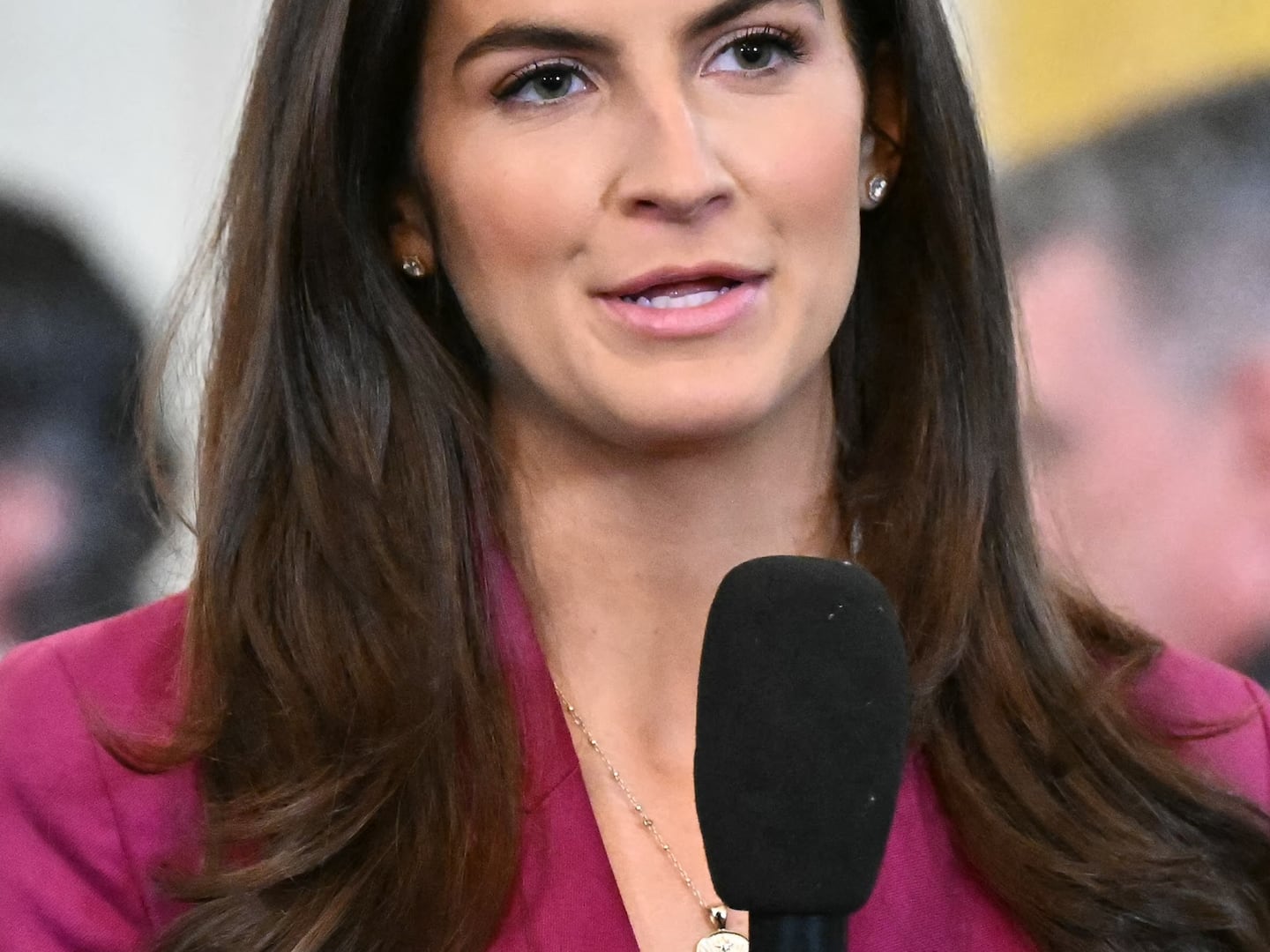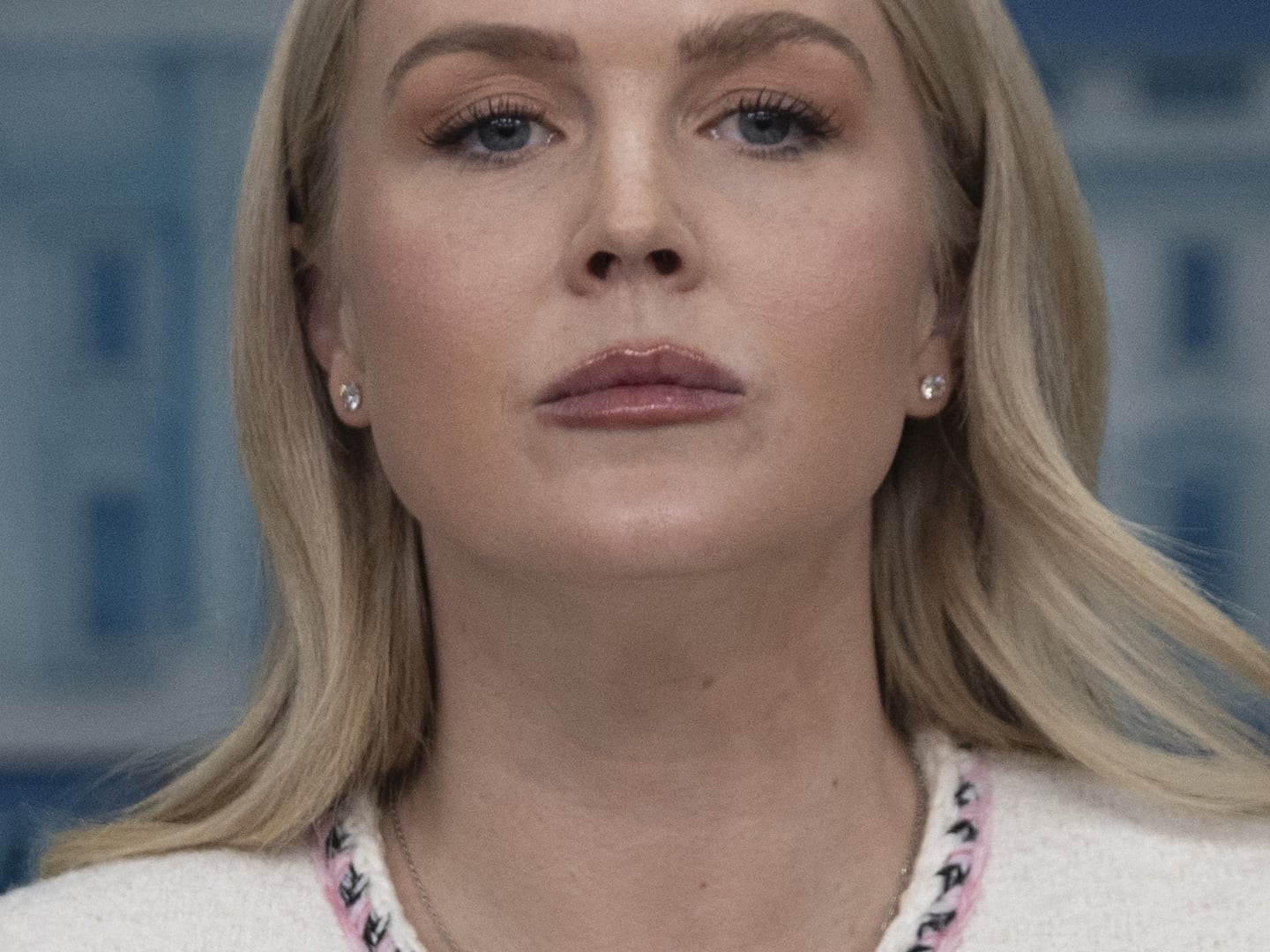In a filmography littered with memorable moments, Mrs. Doubtfire still manages to emerge as perhaps the best-remembered role of Robin Williams’ career. By the early ’90s, the Mork & Mindy TV star-turned-movie actor was already a widely recognized name. However, with the help of a seemingly mild-mannered Scottish nanny and some slick prosthetics, Williams was transformed into a comedy icon known across the globe.
Interestingly, for a performer as abundantly skilled as Williams was, finding the right role to achieve this goal was harder than you might think. His turn as a constantly conjuring genie in Disney’s 1992 animated Aladdin arguably came closest. However, with his former wife and producing partner Marsha Williams helping to spot and develop scripts that would make the best use of his many talents, the pair soon zeroed in on the perfect vehicle.
Based on author Anne Fine’s 1988 children’s novel Alias Madame Doubtfire, 1993’s Mrs. Doubtfire tapped into Williams’ rapid-fire improv comedy skills while also accessing the emotional streak that often ran throughout his work. In it, he played Daniel Hillard, a reluctant divorcee and struggling actor who takes it upon himself to masquerade as a butter-wouldn’t-melt older lady so he can spend more time with his kids as his soon-to-be ex-wife’s new babysitter. The end result is a mix of humor and heart that unusually puts divorce front and center to tell a larger-than-life family comedy.

While this wild concept ticked Robin and Marsha’s boxes, it was also a dream scenario for the film’s director, Chris Columbus. After first seeing Williams in 1987’s Good Morning Vietnam, the Home Alone filmmaker became “laser-focused on wanting to do a film with Robin Williams,” he tells The Daily Beast. Thankfully, the opportunity arose when then-20th Century Fox boss Joe Roth approached him with the project. “He said, ‘Oh, Robin Williams is considering starring in the film.’ At that point, I said, ‘Well, hopefully this is good.’”
Flying from New York to Los Angeles to meet Robin and Marsha (“He was the nicest, sweetest person I’d ever met,” recalls the director), Columbus received the go-ahead to retool the script. That said, there were certain elements the trio were determined to keep in.
“Robin and Marsha definitely wanted to ensure the couple didn’t get back together at the end,” Columbus says of Daniel’s relationship with wife Miranda, played by Sally Field. “I think both of them had experienced divorce and realized that the reality is that 98 percent of people don’t get back together. I think Robin was attracted to the honesty of that final scene where you knew they weren’t going to get back together and it was OK.” Still, it wasn’t an easy sell: “There was lots of pressure to rewrite the final scene, but it was something the three of us just wouldn’t stand for.”
With his script approved, Columbus was now faced with a new challenge: transforming Williams into a little old lady. “We started with illustrations, then once we had decided on the look, we hired a phenomenal makeup artist named Greg Cannom to design Mrs Doubtfire,” he says on bringing Euphegenia Doubtfire to life. “It took about four and a half hours but we got it down to about three and a half. If we had a 7:30 a.m. call time, Robin was coming in at three in the morning, so we never had the opportunity to do two Mrs. Doubtfire shoot days in a row—that would’ve been too difficult for Robin to deal with physically.”
Indeed, playing an elderly lady turned out to be one of the most grueling tasks of Williams’ career.. “It was an incredibly physically demanding role,” remembers Columbus. “[Robin] was wearing 60 pounds of body suit. He would do a lot of takes and with the lighting, it was unbearably hot; he was like an athlete.”

This didn’t take long to impact the film’s shoot, most noticeably in the way Columbus shot Mrs. Doubtfire’s face—a “mask” made up of various different silicone parts. “We’d usually do 15 to 20 takes. [Robin] would sweat and the pieces would start to peel away,” Columbus recalls. “We learned early on to do physically demanding scenes and close-ups first.”
When it came to comedy, Williams made a pact with Columbus to always capture scenes as scripted first, and then improvise freely. By the time production wrapped, Columbus was convinced the actor should’ve received a writing credit on the film. “He didn’t want a writing credit—that was just the way he worked—but I definitely believe the writing credit on Mrs. Doubtfire should also include Robin’s name,” he tells us. “I’ve never worked with an actor who’s given me so much, with the exception of, say, John Candy or Kurt Russell. He was like a man possessed by some divine intervention.”
Williams infused every take with an abundance of unpredictable gold: “By the time we got to take seven or eight, none of us had any idea what he was going to say and I needed [his co-stars’] initial reaction,” the director continues, explaining how this style led to a multi-camera setup. “It was like shooting a documentary because we never knew what was going to happen. For instance, in the restaurant scene, none of us had any idea Robin’s teeth were going to fall into the water glass. I was biting my hands so I didn’t ruin the take.”
In the 30 years since Mrs. Doubtfire’s debut, these alternative takes have become the stuff of legend, leading to rumors of various cuts of the film, each more risqué than the last. “There were four different versions: PG, PG-13, R, and NC-17,” Columbus says, confirming their existence. “Robin would say things that are unprintable. The studio was adamant that this should be PG-13, but if you look at the film today, we got away with murder.”
Columbus still hopes to someday utilize these unseen moments: “My dream would be to do a documentary about the making of the film because there are about 987 boxes of negatives of things we didn’t use,” he reveals. “It would be a documentary about Robin’s brilliance.”

Released on Nov. 24, 1993, Mrs. Doubtfire was a quick hit, becoming the second-highest-grossing film of that year, behind only Jurassic Park, and flinging Williams into a new realm of mega-stardom. “Our marketing executive described our first preview as ‘the audience tearing out the seats.’ He said it was like a Springsteen concert,” Columbus laughs. “I was amazed at how well it was playing. I remember on our international press junkets, I was walking down the street with Robin and Marsha in Rome and we were bombarded with people. Robin had to hide out in a clothing store and they had to lock the door. I realized the effect this particular role had on him in his everyday life.”
Three decades on, the trio’s dedication to sticking with a bittersweet yet honest depiction of divorce has given the film a powerful resonance. “So many people whose parents were going through a divorce when Mrs. Doubtfire came out say it really spoke to them,” says Columbus. “I can’t tell you how many times [I’ve heard that] and it really means a lot because that’s what we set out to do; not heal, but make kids feel better about what they were going through.”
The film was so beloved that a sequel was in active development before Williams’ untimely death in 2014. “The last conversation I had with Robin was about the sequel,” Columbus reveals. “We had a brilliant script which took place in England. We talked about it and it was something we were planning to do. Then, unfortunately, Robin passed away.”
According to Columbus, their unmade sequel placed Daniel and Miranda’s eldest daughter, Lydia, front and center for a new story featuring even more Doubtfire. “Lisa Jakub’s character was marrying a very wealthy British man in London,” reveals Columbus. However, Williams had some notes during early discussions: “Robin’s one line was, ‘Do I have to be in the makeup?’” he chuckles. “In the sequel, he was probably in the Mrs. Doubtfire costume a little bit more than he was in the first film, and I think he still carried the weight of how difficult that costume was for him. He said to me, ‘Boss, is there any way we can cut some of the Mrs. Doubtfire scenes?’”
Unfortunately, Williams’ death stopped the sequel in its tracks and, as far as Columbus is concerned, there isn’t anyone else who can don Doubtfire’s wig. “To do a sequel would be hideous because no one else could step into that role. I even refuse to see the Broadway show,” he adds. “I just couldn’t bring myself to see someone else [playing that character]. No matter how great of an actor you are, it’s an imitation game. That was pure Robin—you can’t duplicate that.”
While Mrs. Doubtfire’s future may have been cut short, we’ll always have the original—a film that means a lot to both audiences and its creator. “It changed my life,” says Columbus, detailing how the film’s shoot in Williams’ San Francisco stomping ground inspired him to move cities and start a long-standing friendship with the star. “I was a tried and true New Yorker… being able to come to San Francisco and maintain those relationships with Robin and Marsha was a wonderful thing. Mrs. Doubtifre is probably the most important film I’ve made. I’m really proud of that one.”








